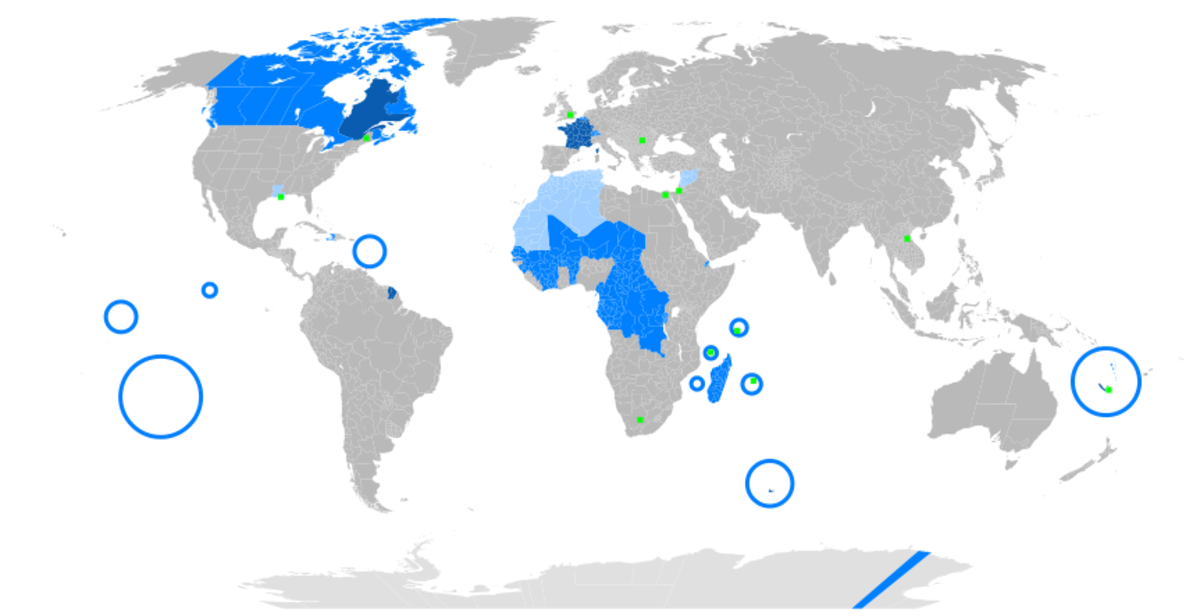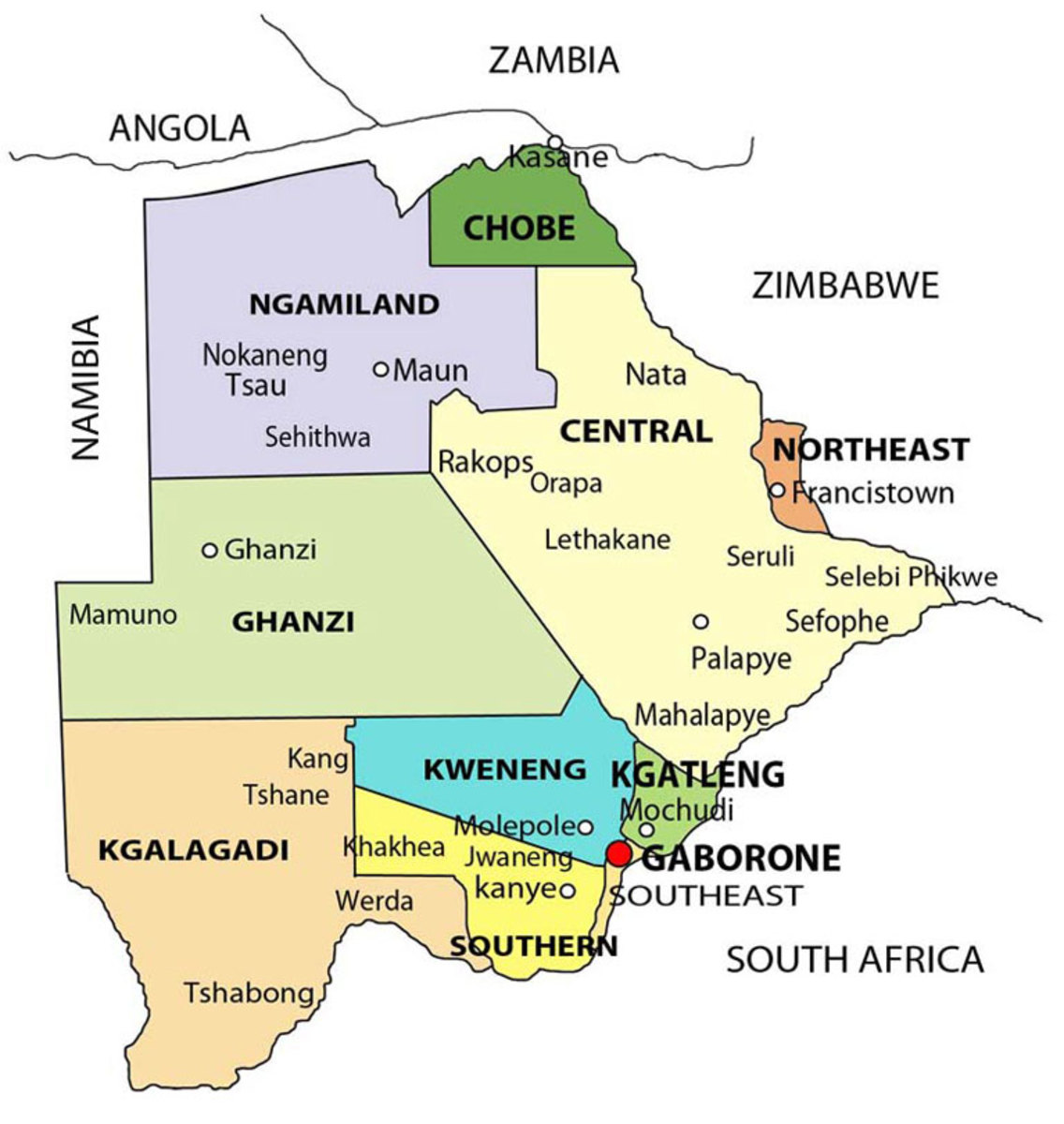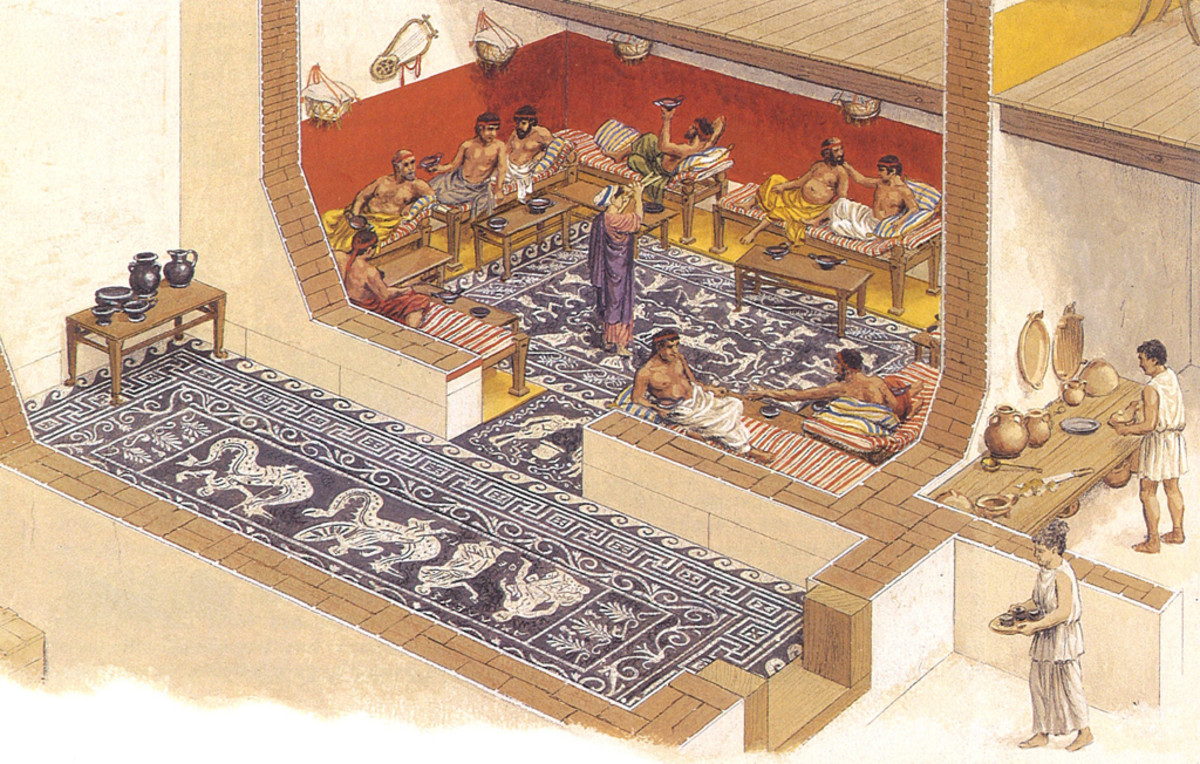Sustainability 7: sub-Saharan Africa

Within the last few years, the birth rate of the human race has averaged roughly 2.6 children for each woman across the planet. But that average rate conceals the fact that, while the birth rate has recently trended toward 1.6 children for each woman of the developed, industrialized or 'Westernized' nations of the world, the birth rate of the women of the remaining 'trailing' nations of the world has tended toward 2.8 children for each woman.
Even more extreme is the range of birth rates experienced within the populations of those trailing nations. While the best-off one-fifth of those populations may have a birth rate of only about 2, the worst-off one-fifth of those populations may have a birth rate that reach exceeds 6.
In recent decades, it has been proven through many demographic and socio-economic studies, that there is a direct correlation between a lower birth rate and an improved standard of living. Improved financial and social opportunities sprout from the same measures that tend to lower birth rates: basic social freedoms, literacy, education, ample clean water, sanitation, sufficient food, adequate jobs, a guarantee of basic human rights, etc. Sustainability at a planetary scale therefore depends on a full range of social initiatives.
Sub-Saharan Africa — roughly the entire southern half of the continent — embodies the greatest hurdle to global sustainability. It currently contains 1/6th of the world's citizens, but by 2050 it may contain as much as 1/4th of that total. Yet that land area holds only about 9% of the globe's fresh water, water that is very poorly distributed. Chronic problems of poverty, disease, war and drought have driven down life expectancies. The social inequities resulting from opportunism, corruption, mismanagement and continuing internal strife have stifled economies and slowed any advancement.
The problems of sub-Saharan are unfortunately not bounded by any oceans or borders. Similar problems affect many struggling nations of Southeast Asia, the Middle East and South America.
How can planners, architects and futurists deal with such daunting problems to create a more sustainable world? By creating components of cities, buildings, homes and appliances that incrementally advance the sustainability of all peoples. By striving for materials, assemblies, devices, and solutions that target the linked efficiencies of low cost, high performance and broad availability. By remembering that if we can leverage small improvements throughout all aspects of human daily life, we can eventually reap great advances in the long-term sustainability of our planet.
- Aging Stripper Tonya Torpedos
Aging Stripper Tonya Torpedos, rickzimmerman 2010 Seems a gal just cant catch a break anymore. Here we see aging stripper Tonya Torpedos outside the final nights performance of her shuttered... - Multi-Layered Vicar
Meet the true embodiment of the multi-layered vicar, Alred Burchard Wodehouse-Smythington (or A.B., as most of us know him). - Using an Architect
Perhaps you recognize the name of Frank Lloyd Wright, one of Americas greatest architects of the past. Or maybe youve heard of that other Frank Frank Gehry, one of...








